Imagine designing a grand entrance to a building, meant to welcome potential customers. But instead of stepping inside, your visitors simply spin around the revolving door and exit through the other side. It’s an all-too-frustrating scenario for many digital marketers who are trying to get more customers online. A robust online presence is absolutely essential (your grand entrance), as simply getting people to your website is half the battle. But you have to follow through. This is where Conversion Rate Optimization (CRO) marketing swoops in to save the day, strategically transforming those visitors into loyal customers. By optimizing your entire digital experience, CRO marketing can fuel significant business growth and fulfill the potential your brand is sleeping on. Follow this comprehensive guide to implementing CRO strategies that will work for your business, large or small.
What is CRO Marketing?
CRO is a digital marketing strategy that focuses on maximizing the percentage of website visitors who complete the desired action on a page. We call that action a conversion, and it will change depending on the purpose of the page. It could be clicking a button that says “Contact Us,” a form visitors fill out to subscribe to a newsletter, a document download, and so on. Regardless of the specific action, the main purpose of CRO marketing is to guide visitors to that conversion.
Unlike traditional marketing tactics that only aim to attract visitors, CRO marketing delves deeper. It analyzes user behavior and website performance to identify areas for improvement. This data-driven approach allows you to remove roadblocks in the conversion path, create a smoother user journey, and ultimately, seal the deal.
How to Implement CRO Marketing
These are some of the most important areas to target in your CRO marketing strategy for business growth.
Personalization
Your website visitors deserve to be treated like individuals, not a crowd. In order to do that, use website visitor data to guide your choices. You can show them the content that will appeal most to them, relevant product recommendations, or exciting offers they can’t refuse. After all, when something seems like it was meant for you, it’s hard to ignore.
Here’s what we did for one of our clients: we were exploring audience demographics for a standardized test prep company, and we found an interesting pattern in website visitors from certain geographic regions outside the United States.
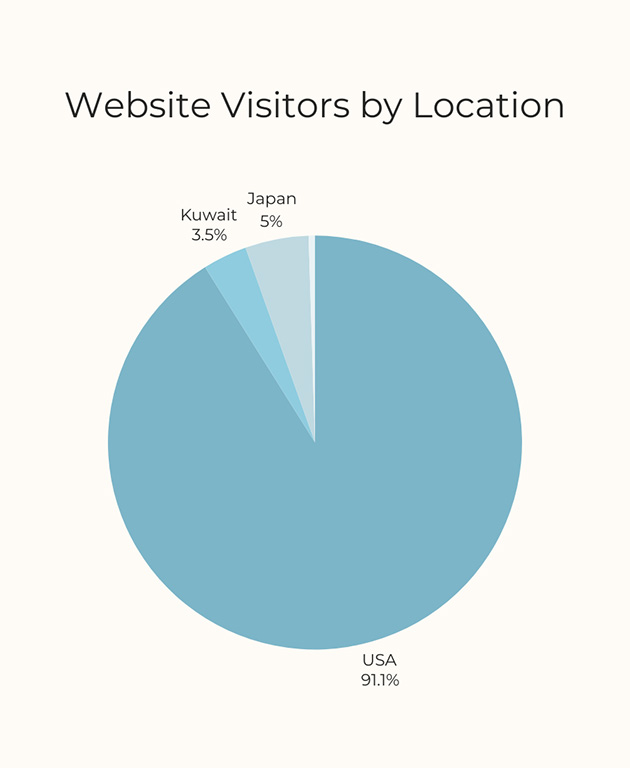
It turned out that many of our client’s customers were military (active and former), and most of the non-U.S. website visitors were coming from established military bases. So we adjusted our targeting to include English speakers outside the U.S. and created a landing page dedicated to our military audience.
Website Speed Optimization and User Experience (UX)
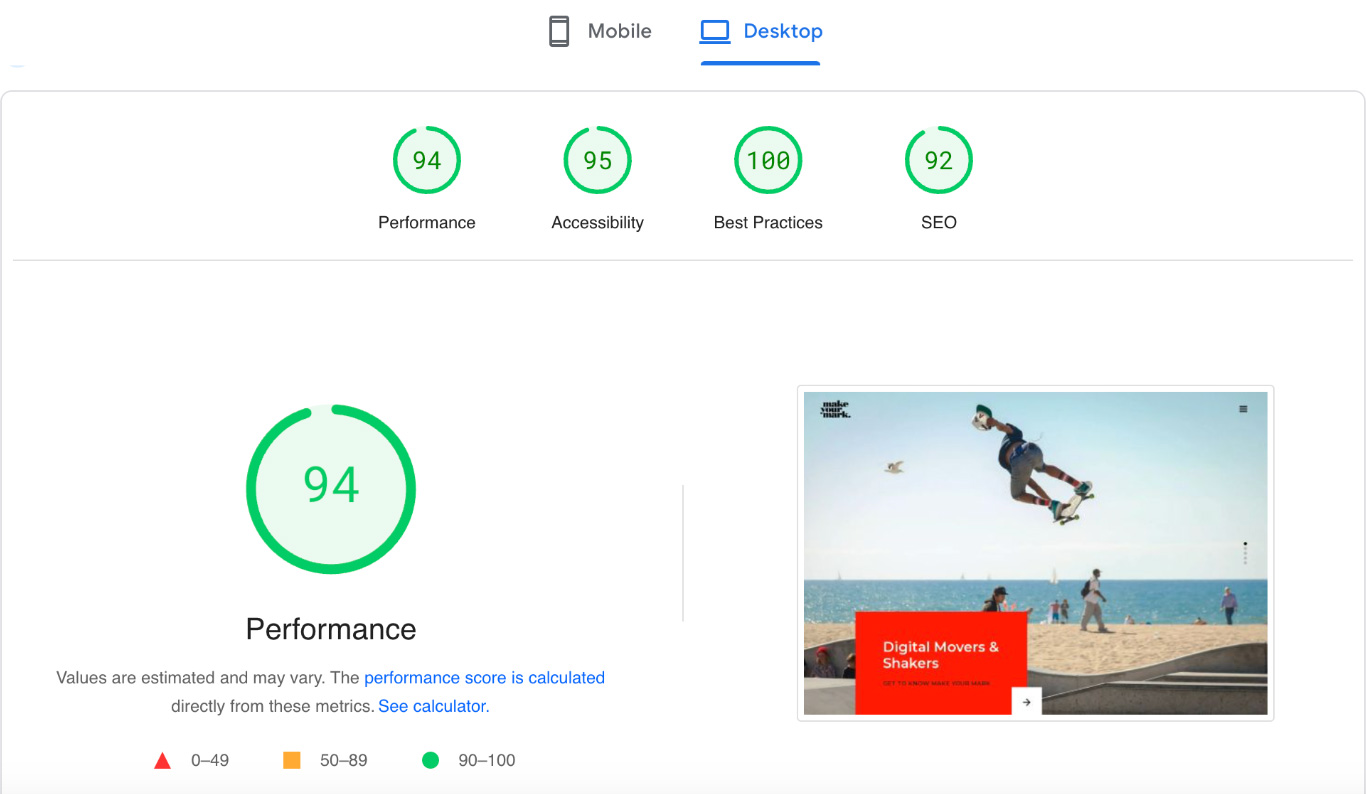
One of the greatest challenges to overcome with our audiences is impatience. Web browsers and visitors have never been more internet-intelligent than they are today, which means astonishingly high standards to meet. Your website needs to load at lightning speed on all devices. The average loading speed of websites that are currently ranked on page 1 of Google is 1.65 seconds—and most people will abandon a page if it takes longer than 3 seconds to load.
It’s not just about satisfying the need for instant gratification, though. Your site speed is an important indicator of your credibility. After all, if you don’t even have your website whipped into shape, how can customers expect your products to be? Keeping your website speed up means keeping your visitors engaged and more likely to convert.
Here’s a fantastic tool you can use to get insights on your website health and performance right away: PageSpeed Insights.
Beyond website speed, another important factor in user experience is organization. Is your website easy to navigate? Do your tabs, pages, and navigation follow a clear flow of logic? If, at any point, a website visitor becomes confused, you’ve lost them and the conversion.
Compelling Calls to Action (CTAs)
CTAs are like signposts guiding website visitors in the right direction. They should be crystal clear, telling people exactly what they should do next. Getting the right CTA in place can be a process. Test different formats, wording, colors, shapes, and anything else that might affect how visitors react to the CTA.
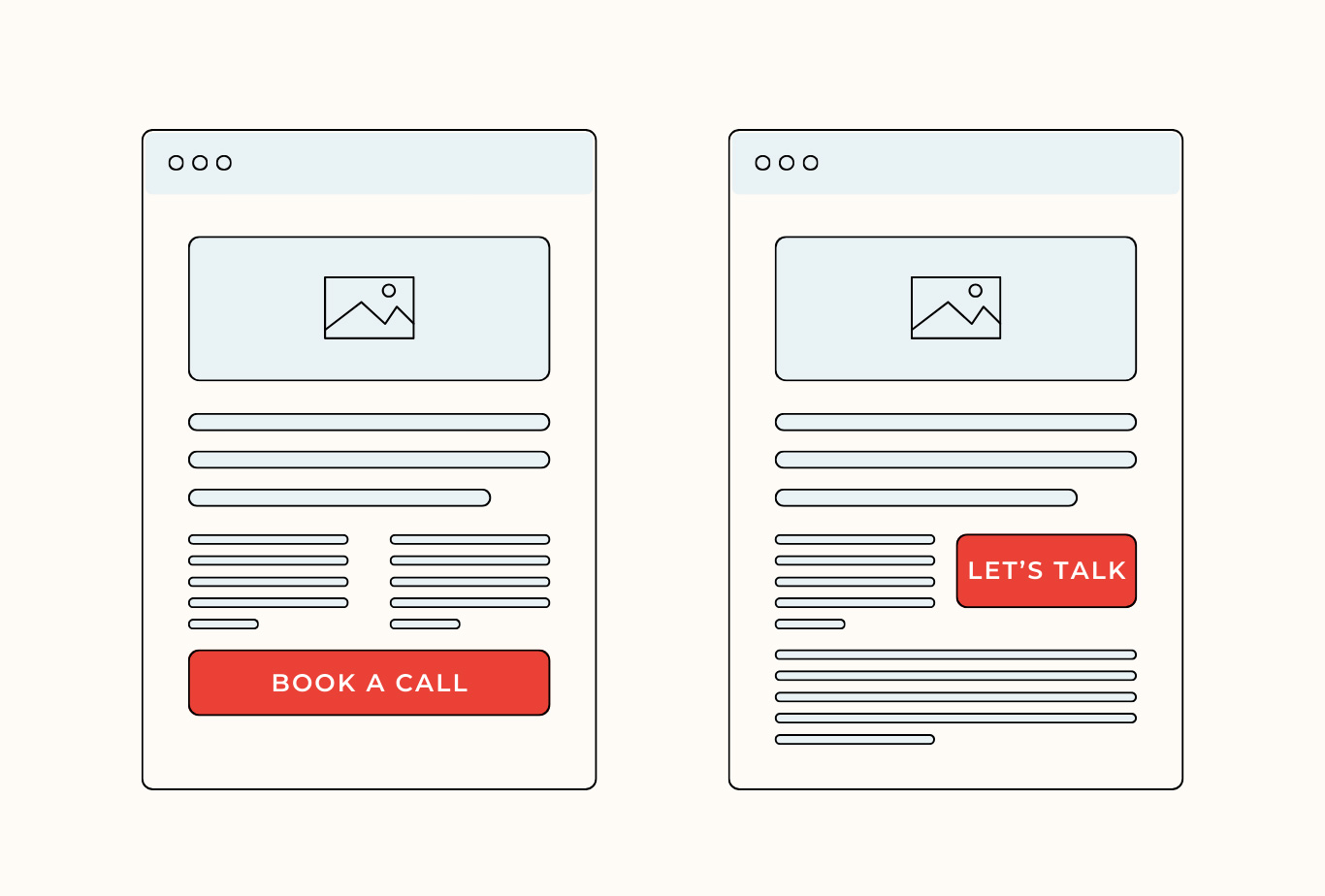
If your CTA is the ever-present “Book a Call” and it’s not converting, that’s because we see that all the time and become desensitized to it. Think about trying something like “Let’s Talk” or better yet, “Let’s take 10 minutes to chat.” The more specific you are about what will happen if they click on that button or fill out that form, the more comfortable they will be in following through.
Building Trust and Credibility
Just as students need letters of recommendation to get into universities, businesses need social proof to get new customers. People are more likely to trust something if others do too. Use testimonials, reviews, and social media mentions to show visitors that other people have had positive experiences with your brand.
Here’s a quick cheat sheet for crafting better testimonials:
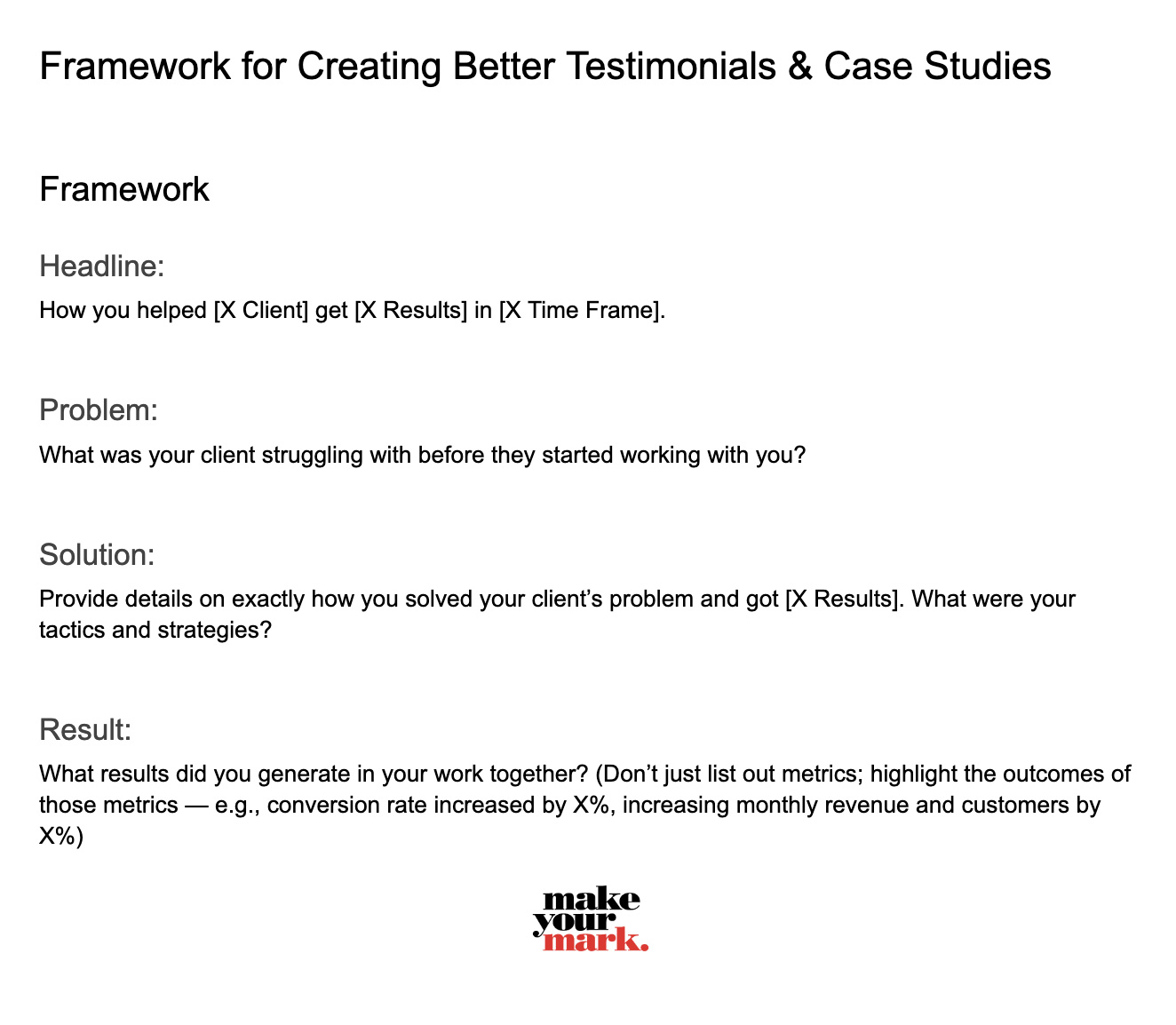
That being said, everyone features the same testimonial quotes, sliding galleries, etc. The bar is being raised higher and higher for convincing testimonials. It’s too easy to fake them. Haven’t you ever wondered how many reviews were written by humans on an “Amazon’s Choice” product?
For authentic testimonial features, choose video. Video testimonials show you a real human and let you read their body language. Sure, some people are awkward on camera, but it’s very easy to tell who is genuine and who is not. In addition to the videos, link to their social profiles (especially LinkedIn). Most real people have a digital footprint, so show that they don’t just exist to brag about your business. If you do use a text testimonial, link to the original review on Google or wherever they posted it. Take screenshots. People trust more when they can confirm things for themselves.
Oh, and if you’ve won any awards or have any notable partnerships, go ahead and display them. There’s no shame in a star athlete showing off their trophies and gold medals.
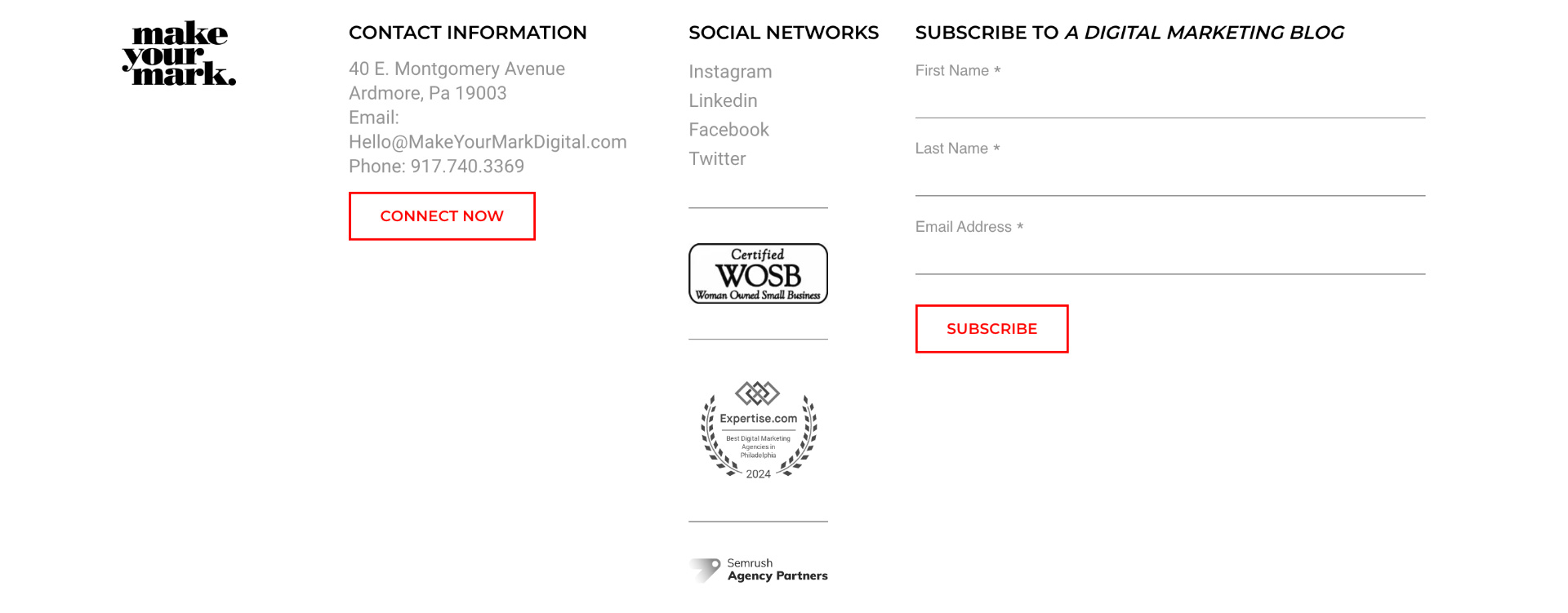
Exit Intent Popups
CRO marketing should make it easy to come to your website, but very hard to leave. When you sense exit intent, like scrolling back up from the bottom of a page, throw in a pop up to grab their attention. But don’t just say “are you sure you want to leave” because that provides no value to the visitor. Instead, offer a discount, a free download, or free trial. Online clothing retailers do this very well. How many times have you been browsing, getting ready to leave the site, only to get a pop up offering you 15% off on your first purchase? The majority of people will at least pause and think about it.
Mobile Optimization
About 60% of web browsers surf using their phones. With such a significant number, your web designers should actually be designing for mobile devices before desktop. Here’s a fun way you can see how your site looks on mobile using Chrome’s inspector tool:
Content Marketing for Conversions
People may spend more time on a page when it’s a blog post because there’s more information on the page, and because the user intent is different on a blog than a landing page. If people are on a blog page, they usually want to learn something new, so take advantage of that extra few minutes of their attention.
Blogs are prime space for lead generation. Embed forms, downloads or contact opportunities throughout the blog. Keep valuable and detailed information such as ebooks, white papers, or webinars behind a wall that visitors need to provide their email address to pass through.
Create more videos! Videos can communicate with people more effectively than most written articles. The combination of human engagement, visual cues, and audio cues make it easier for visitors to retain information. You can use videos to explain complicated topics, showcase products, or tell customer stories. Make sure you include a CTA in your videos, or the description boxes/captions on the platform, otherwise you’ll miss the opportunity to convert.
Here are some examples of videos we’ve used to achieve a greater conversion rate:
Advanced CRO Techniques
There are many moving parts involved in CRO marketing, and the following strategies are more complex than the ones above.
A/B Testing Throughout the Funnel
Much of the magic behind a successful CRO strategy lies in A/B testing. This method involves creating two or more variations of a particular website element (headline, call-to-action button, layout, etc.) and then splitting your website traffic to see which version performs better in increasing conversion rate. By statistically analyzing the results, you can identify the most effective variation and implement it across your website.
A/B testing isn’t limited to website elements—it’s a powerful tool for optimizing various aspects of your digital marketing efforts. This can include testing different ad copy variations to see which resonates more with your target audience, experimenting with different user experience (UX) layouts to improve usability, and even A/B testing various content marketing approaches to determine which types of content convert best. The key takeaway is that CRO marketing thrives on data-driven insights, and A/B testing provides a crucial method for gathering this valuable information.
Retargeting Ads
Just because someone visits your website once doesn’t mean they’re ready to convert. The purchase journey can take time, and visitors may need multiple encounters with your brand before they’re comfortable taking action. This is where retargeting ads come into play. These ads, also known as remarketing ads, allow you to reconnect with website visitors who haven’t converted yet.
Using tracking technologies like cookies, retargeting ads follow your website visitors across the internet, displaying relevant ads on other websites they frequent. These ads can serve as a gentle reminder of your brand, showcase products they viewed on your website, or offer special incentives to entice them back to your site and complete the conversion.
Email Marketing
Email marketing can be seamlessly integrated with your CRO strategy. By segmenting your email list, you can tailor messages to different types of customers with content and offers that resonate with their specific needs and interests. This targeted approach increases engagement and the likelihood of conversions.
Personalizing email content with customer data also allows you to go beyond generic greetings. Imagine including a customer’s name, referencing products they’ve viewed on your website, or offering personalized promotions. This level of personalization fosters stronger connections with your audience, making them more receptive to your calls to action and ultimately increasing conversions.
And don’t forget about inactive subscribers. Re-engaging inactive users through targeted email campaigns with special offers or win-back incentives can bring them back into the fold and contribute to your overall conversion goals.
Website Optimization Quick Tips
Optimizing your website for CRO doesn’t necessarily mean a complete overhaul. Here are some quick things you can do in the short term to help visitors convert:
- Simplify your checkout process for a painless customer experience.
- Offer live chat support to solve issues on the spot.
- Implement internal search optimization so visitors can easily find what they’re looking for on your website.
- Use website heatmaps and session recordings to understand how your visitors interact with your website and identify confusing or frustrating areas.
These are just a few ways you can use website optimization to enhance your CRO strategy. Remember, even small improvements can lead to significant increases in conversions.
We’ve gone through a lot of information here, so we’ve prepared a quick checklist you can reference while working on your CRO strategy. Want a PDF version? Download it here.
If CRO isn’t something you have time for at the moment, we can definitely help with that. Reach out to us directly for assistance or visit our page to set up a quick strategy call.
Want to learn more about advanced marketing techniques? See what the experts at Make Your Mark have to say here in our blog.







